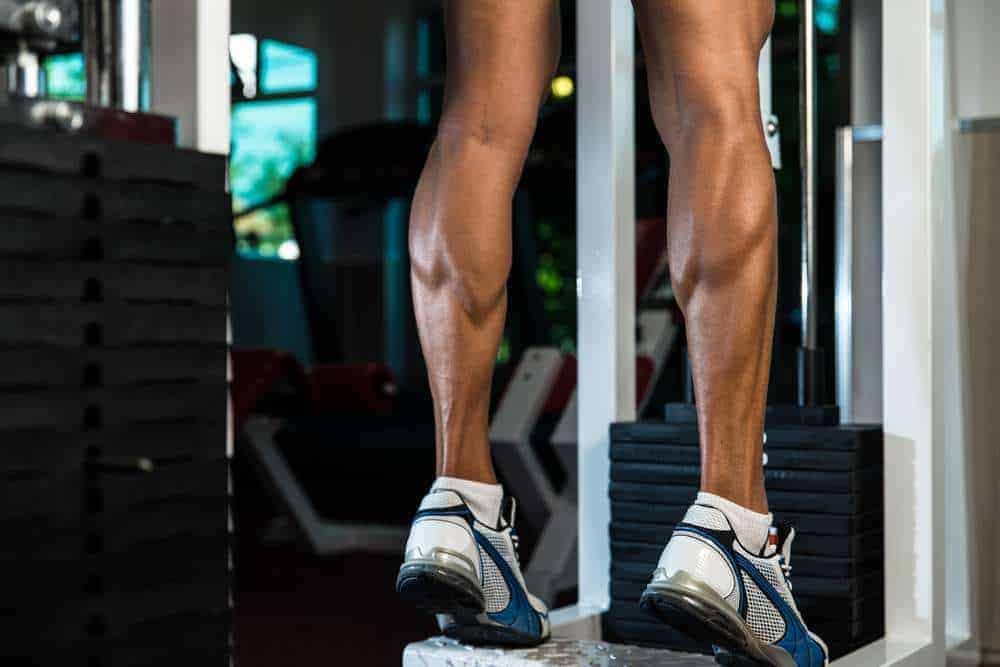
The Key to Colossal Calves
Share
There are few things as challenging as the battle with body fat for the avid gym goer; resisting a midnight snack, training abs more than once a month, skipping arm day and top of the list? That would be growing a pair of decent calves. In fact, at one time or another we have probably heard someone say “I just don’t have calves man.” There is some truth in that because ultimately – like all other muscles groups, our skeletal make up and where we store fat – calf size is genetic. However, that only speaks to your maximal potential. The fact of the matter is we can still grow them if we equip ourselves with the right approach and knowledge. Read our blog to unravel the mystery behind building gargantuan calves.
Calves 101
Whether you want to grow them or build a stronger set of calves, the two sets of muscles you need to be aware of in your calves are:-
Gastrocnemius
-
Soleus
Activating the two heads of the gastrocnemius
While the medial and lateral head work together research carried out by Riemann, Limbaugh, Eitner and LeFavi (2011) shows that you can focus and activate one head of the gastrocnemius more than the other. How? It’s simpler than you think; it only requires the simple turning of your feet inwards or outwards. During the concentric phase turn your feet inwards to stimulate more of the lateral head and during the eccentric phase turn your feet outwards to activate more of the medial head.Calf raises: seated vs standing
You’ve probably figured out that calf raises are going to be an important feature of your colossal calves regime but equally as important is knowing what muscles are being targeted when you perform different types of calf raises.-
Standing or straight-legged calf raises
-
Seated calf raises
Bonus tip: Contract, don’t bounce!
There is a tendency to bounce when performing calf raises but when you do you are relying on your achilles tendon, the achilles heel to your calf growth. This tendon is the strongest and thickest tendon in the human body. When you simply bounce up and down during your calf raises, it’s your achilles tendon that’s absorbing the weight and simply bouncing it straight back up again, sidelining your calves and their growth.Training approaches
-
Intraset stretching
-
Rest-pause dropset training

